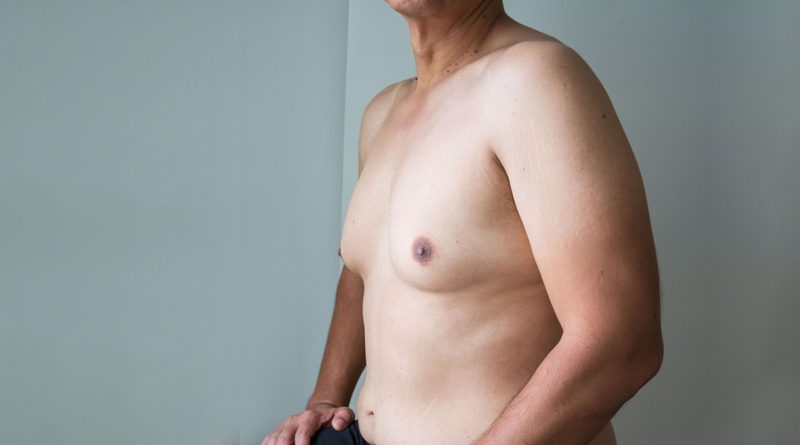What Is Gynaecomastia & What Can You Do?
In males or boys, gynaecomastia is a disorder that results in an increase in the amount of breast gland tissues. It results from a hormonal imbalance. Moreover, it can affect one or both breasts, and it can occasionally be uneven.
Gynecomastia can greatly affect your confidence. So, make an appointment with your doctor if you think you may have gynecomastia. Then, you can think about various therapies or gyno surgery in Sydney, depending on what your doctor deems required.
However, gynecomastia is often not seen as a significant concern. This is because it does not result in any conditions that are harmful to your health. With that said, dealing with this disease can be very challenging. However, it’s possible for men and boys to experience breast pain. This can be extremely embarrassing and distressing. So, here are some things about the disease and your options that you should be aware of.
What are the signs?
Many adult males with gynecomastia report having no specific symptoms. Gynaecomastia often resolves on its own, though sometimes it can produce certain signs and symptoms. For example, you might have breast pain, soreness, and enlarged breast tissues, as well as nipple sensitivity.
What is the cause of gynecomastia?
When the ratio of testosterone to estrogen decreases, it causes gynecomastia. Many disorders limit the effects of testosterone, raise estrogen levels, or lower testosterone. This can all contribute to the hormone’s decline.
Many people believe that estrogen is primarily a hormone that affects women. But, men can also make it, however in much smaller amounts. So, a gynecomastia-causing imbalance between the levels of testosterone and male estrogen can occur in men.
Infants – often due to their mother’s estrogen, male infants are born with larger breasts. It’s common to notice enlarged breast tissues in newborns, and it should go away in two to three weeks.
Puberty – Gynecomastia is a very frequent condition caused by the hormonal changes that occur during puberty. However, male puberty-related enlarged breast tissue often resolves on its own without the need for medical intervention.
Adults – Men between the ages of 50 and 80 are more prone to experience gynecomastia. But, even if they do get the illness, they often don’t have any other symptoms.
Diagnosis
Its diagnosis covered the examination of your symptoms and a physical examination of your abdomen, genitalia, and breast tissue. To rule out other conditions, your doctor will probably prescribe several tests. These examinations can consist of tissue samples, blood tests, testicular ultrasounds, mammograms, and other procedures.
So, your doctor has to identify the issue causing your breast growth. Many medical conditions have symptoms that are identical. For example, men and boys who are obese will have breast fat that mimics gynecomastia. However, this is not the same as gynecomastia. Moreover, although it may not be common in men, breast cancer can happen and often has a gynecomastia-like appearance.
What is the treatment?
Gynecomastia typically recovers on its own. However, sometimes you might need treatment. For example, if an underlying illness has caused gynecomastia, you will need to address the issue first. On the other hand, if you are taking a medicine known to cause this issue, your doctor will initially advise that you switch the medicine. Then, they will think further about your treatment.
Meanwhile, if there is no obvious explanation of gynecomastia in teens, the doctor may advise reevaluations every 3 to 6 months. However, gynecomastia often disappears on its own during puberty. But, if it persists, you may need therapy.
Medication often used to treat breast cancer or other illnesses, can be part of the treatment. For instance, your doctor might advise Aromatase Inhibitors or Tamoxifen (Soltamox). The FDA has approved these medications. Still, you should not use them to treat gynecomastia.
You might require surgery if medicine does not relieve your symptoms. Your doctor may suggest surgery if your larger breasts are severely bothering you and are having a negative psychological impact. There are two procedures available for gynecomastia. One is the liposuction process. This can be used for a variety of different procedures including a neck lift in Sydney or removing neck fat. And the other procedure is mastectomy.
Takeaway
Although gynecomastia is not a significant medical disease, it can nevertheless be harmful to your mental well-being. Therefore, see your doctor about surgical options if you have this disease. You can also try natural remedies or medications. But, if they are not working, talking to a doctor will be the best option.




